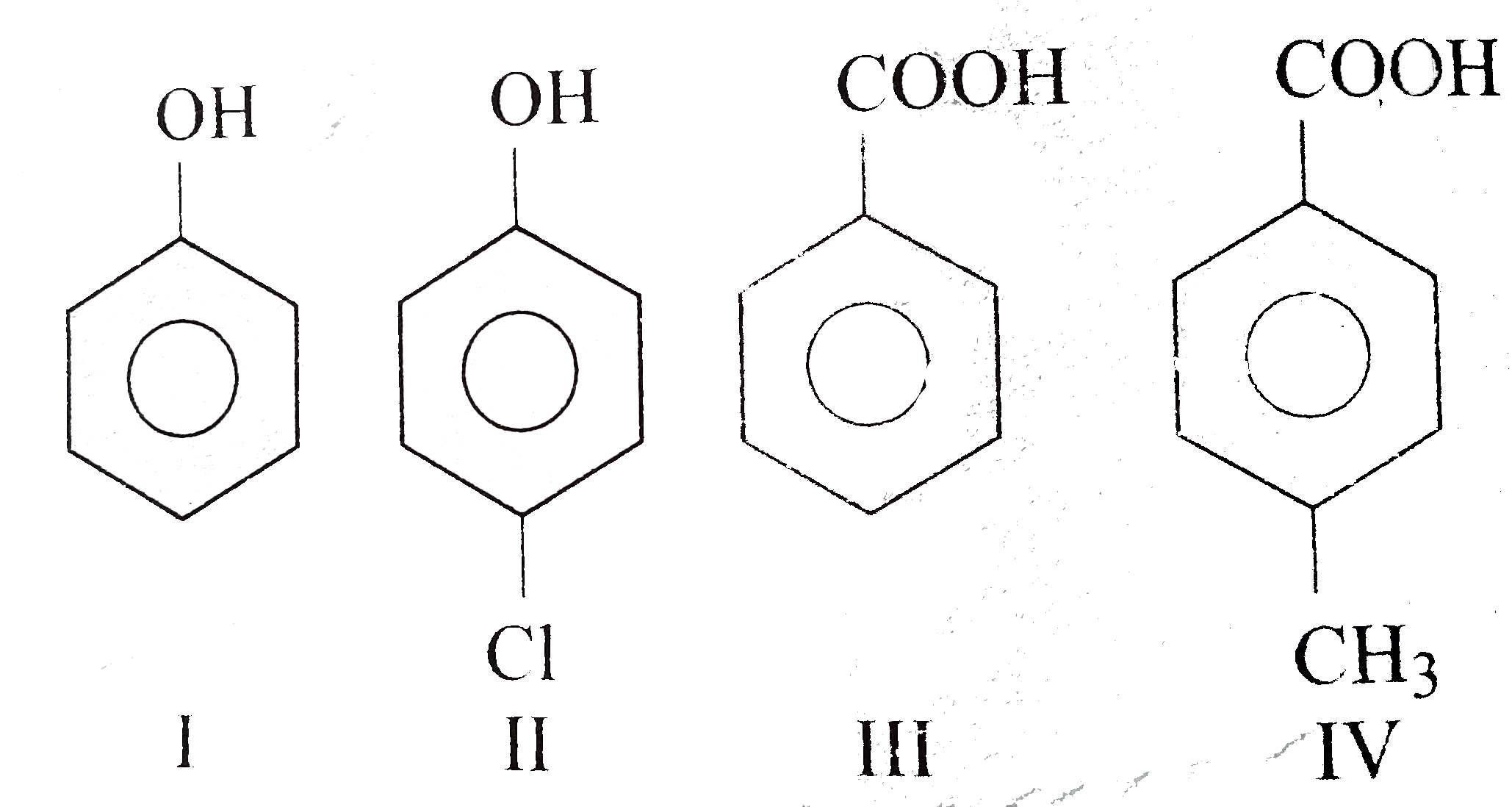Fill in the blanks from CENGAGE CHEMISTRY (ENGLISH) GENERAL ORGANIC CHEMISTRY for Class 11
| Class 11 | CHEMISTRY |
| Chapter | GENERAL ORGANIC CHEMISTRY |
| CENGAGE CHEMISTRY (ENGLISH) | Fill in the blanks |
| Medium | English |
| Academic Year | 2023-2024 |
Question 29
An organic reaction occurs by using reagents called electrophiles and nucleophiles via the formation of some reactive intermediates called carbocations, carbanions, free radicals, carbenes, nitrenes, radical cations, and radical anions.
Which of the following contains nucleophiles only ?View SolutionQuestion 30
An organic reaction occurs by using reagents called electrophiles and nucleophiles via the formation of some reactive intermediates called carbocations, carbanions, free radicals, carbenes, nitrenes, radical cations, and radical anions.
Which of the following contains electrophiles only ?View SolutionQuestion 35
Carbene intermediates are produced by the photolysis of diazomethane (CH2N2) or ketene (CH2=C=O). They are also produced by the reaction of CHX3 with base or by Simmons-Smith reaction. There are two types of carbenes, singlet and triplet. They are so called due to their spin state.
Spin state of carbene is determined by using the formula :
where S is the sum of all electron spin numbers.View SolutionQuestion 36
Carbene intermediates are produced by the photolysis of diazomethane (CH2N2) or kenene (CH2=C=O). They are also produced by the reaction of CHX3 with base or by Simmons-Smith reaction. There are two types of carbenes, singlet and triplet. They are so called due to their spin state.
Singlet and triplet carbene are same in :View SolutionQuestion 37
Carbene intermediates are produced by the photolysis of diazomethane (CH2N2) or kenene (CH2=C=O). They are also produced by the reaction of CHX3 with base or by Simmons-Smith reaction. There are two types of carbenes, singlet and triplet. They are so called due to their spin state.
In which reaction, the insertion of methylene increases potential energy ?View SolutionQuestion 38
Carbene intermediates are produced by the photolysis of diazomethane (CH2N2) or kenene (CH2=C=O). They are also produced by the reaction of CHX3 with base or by Simmons-Smith reaction. There are two types of carbenes, singlet and triplet. They are so called due to their spin state.
Which carbene is produced in the following reactions ?
 .View Solution
.View SolutionQuestion 39
Carbene intermediates are produced by the photolysis of diazomethane (CH2N2) or kenene (CH2=C=O). They are also produced by the reaction of CHX3 with base or by Simmons-Smith reaction. There are two types of carbenes, singlet and triplet. They are so called due to their spin state.
An optically active alkene (I) with lowest molecular mass on hydrogenation gives optically inactive alkene, but on insertion of methylene carbene (:CH2) in (I), it gives optically active compound (II). The compounds (I) and (II) are :
 .View Solution
.View Solution
 .
. 
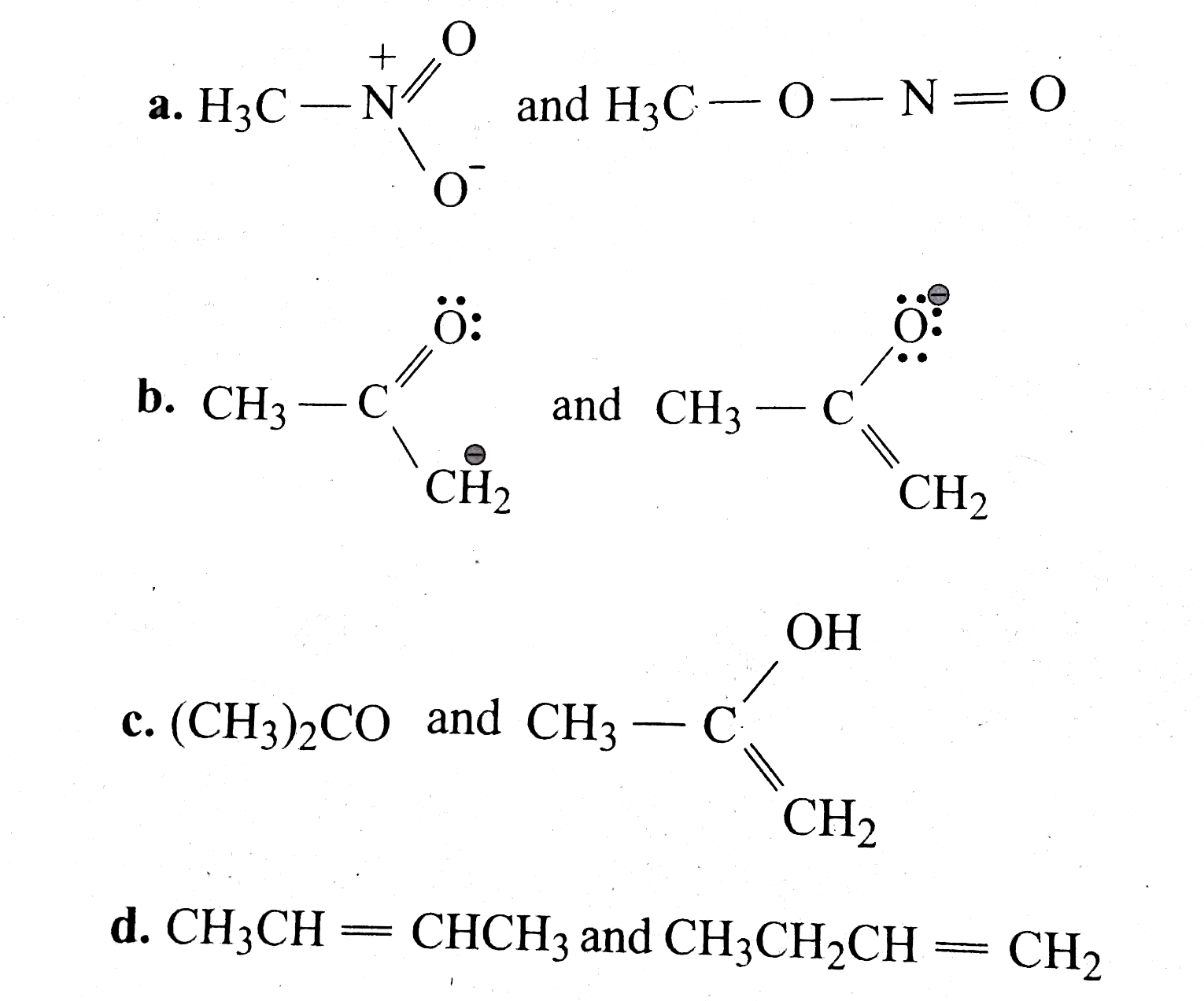
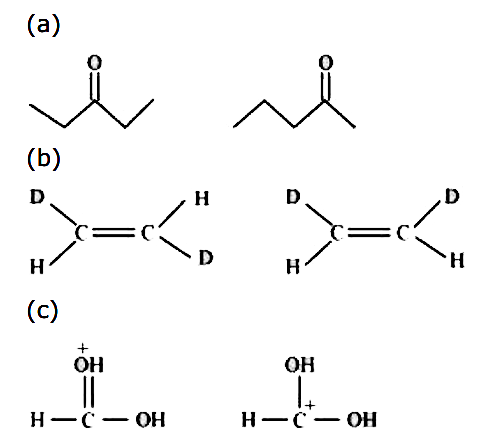

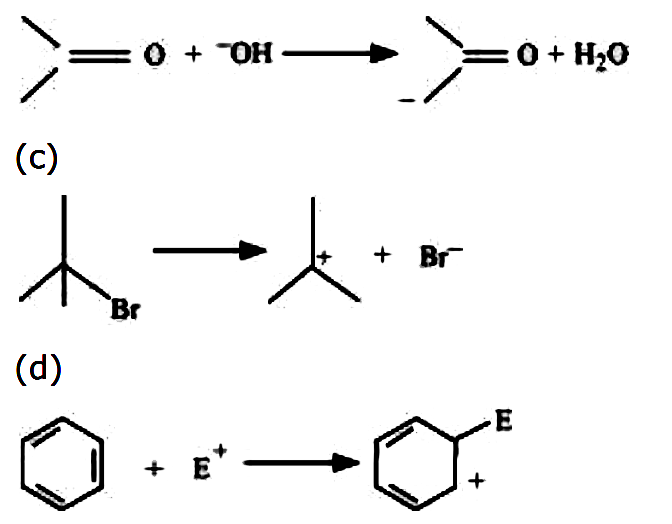
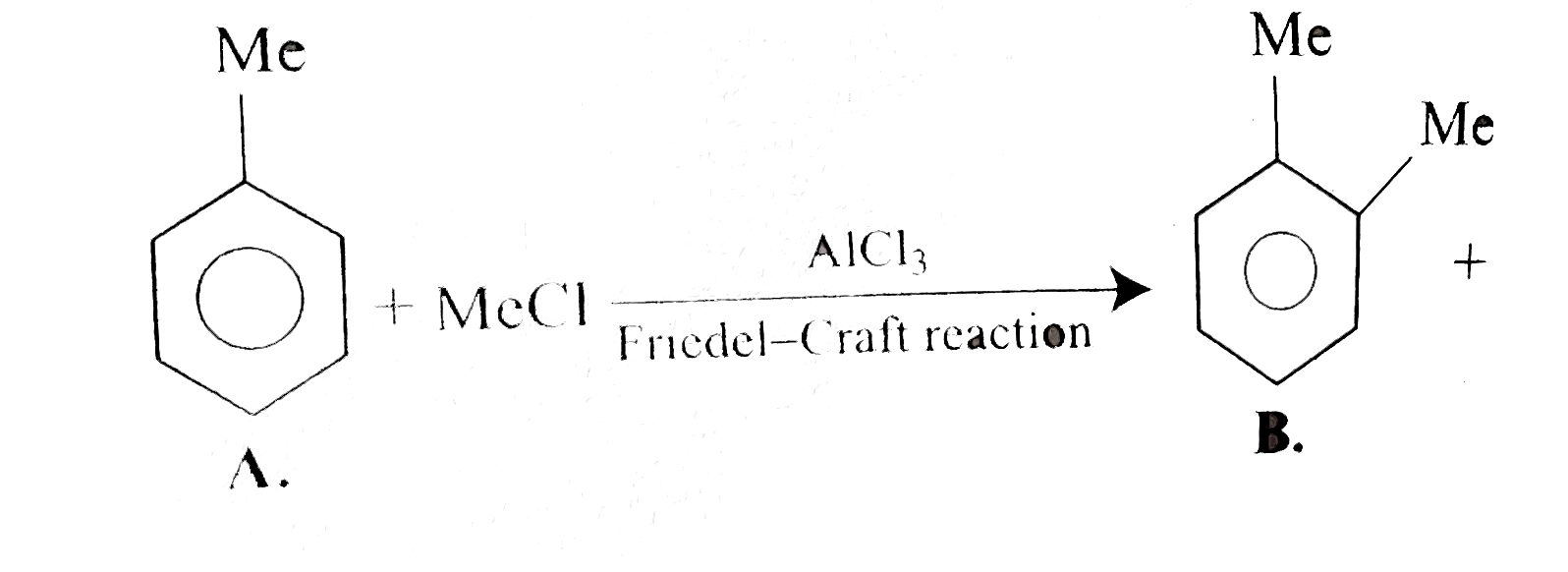 ,
, 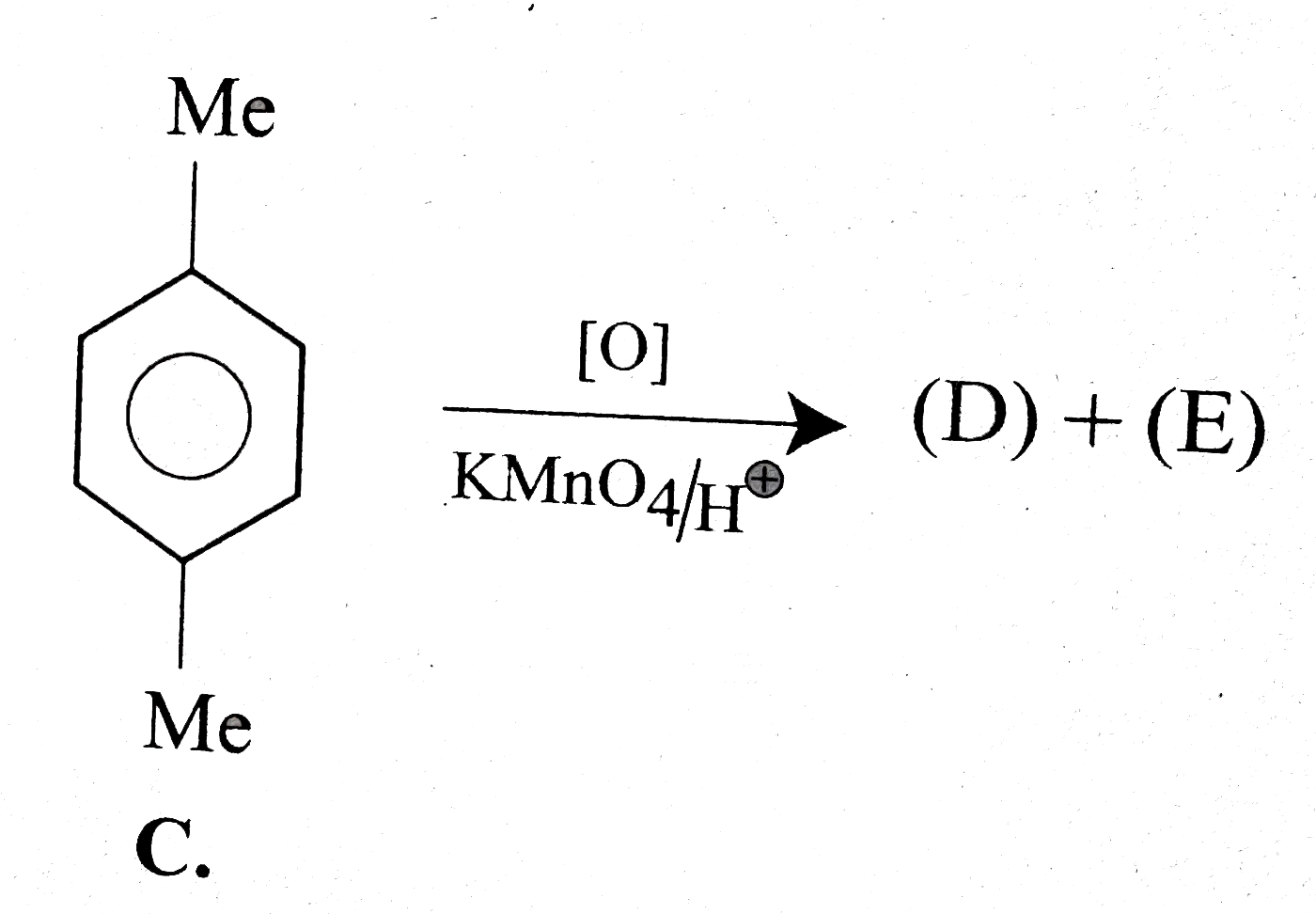 .
. 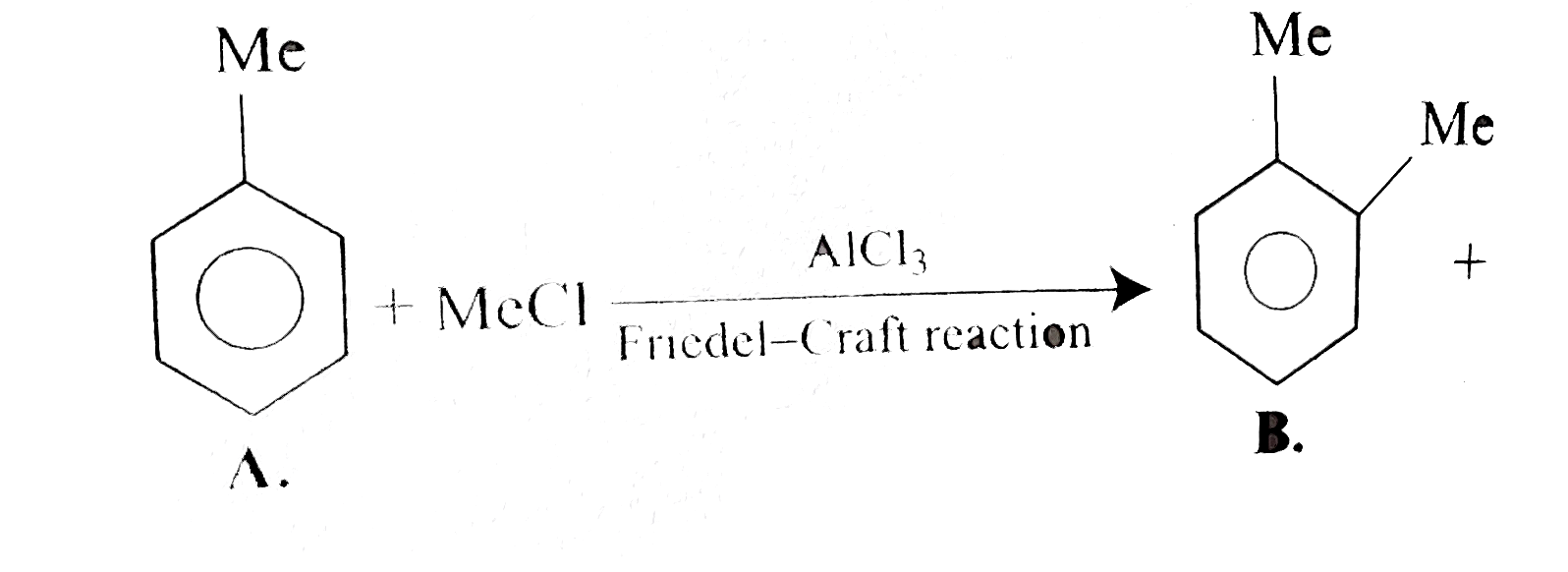
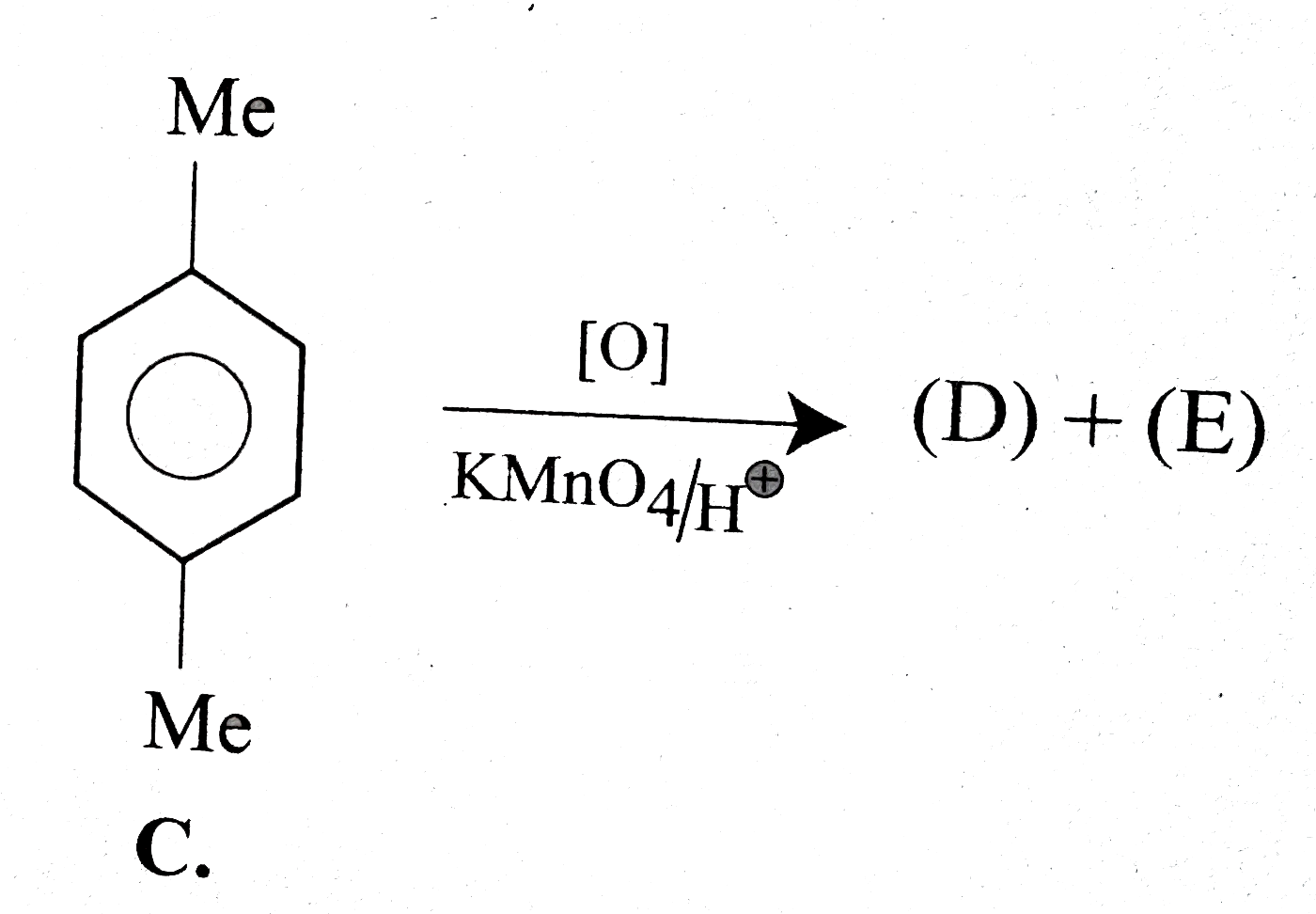 .
. 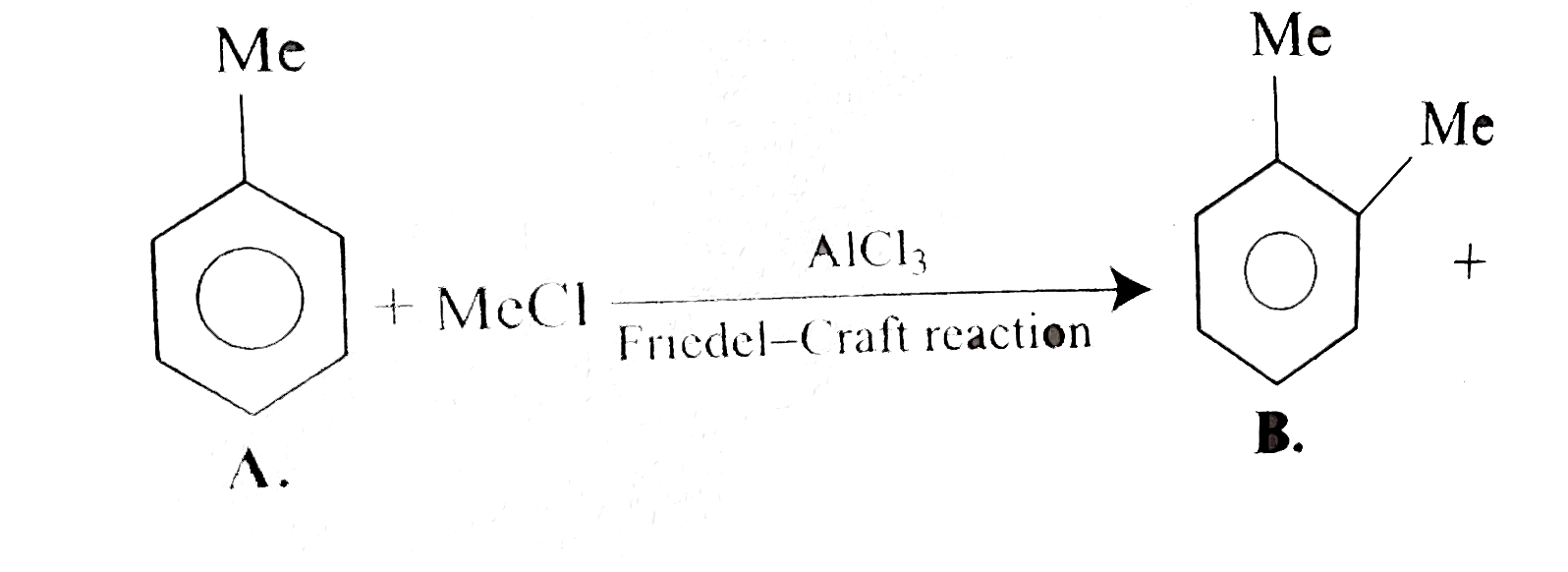 ,
, 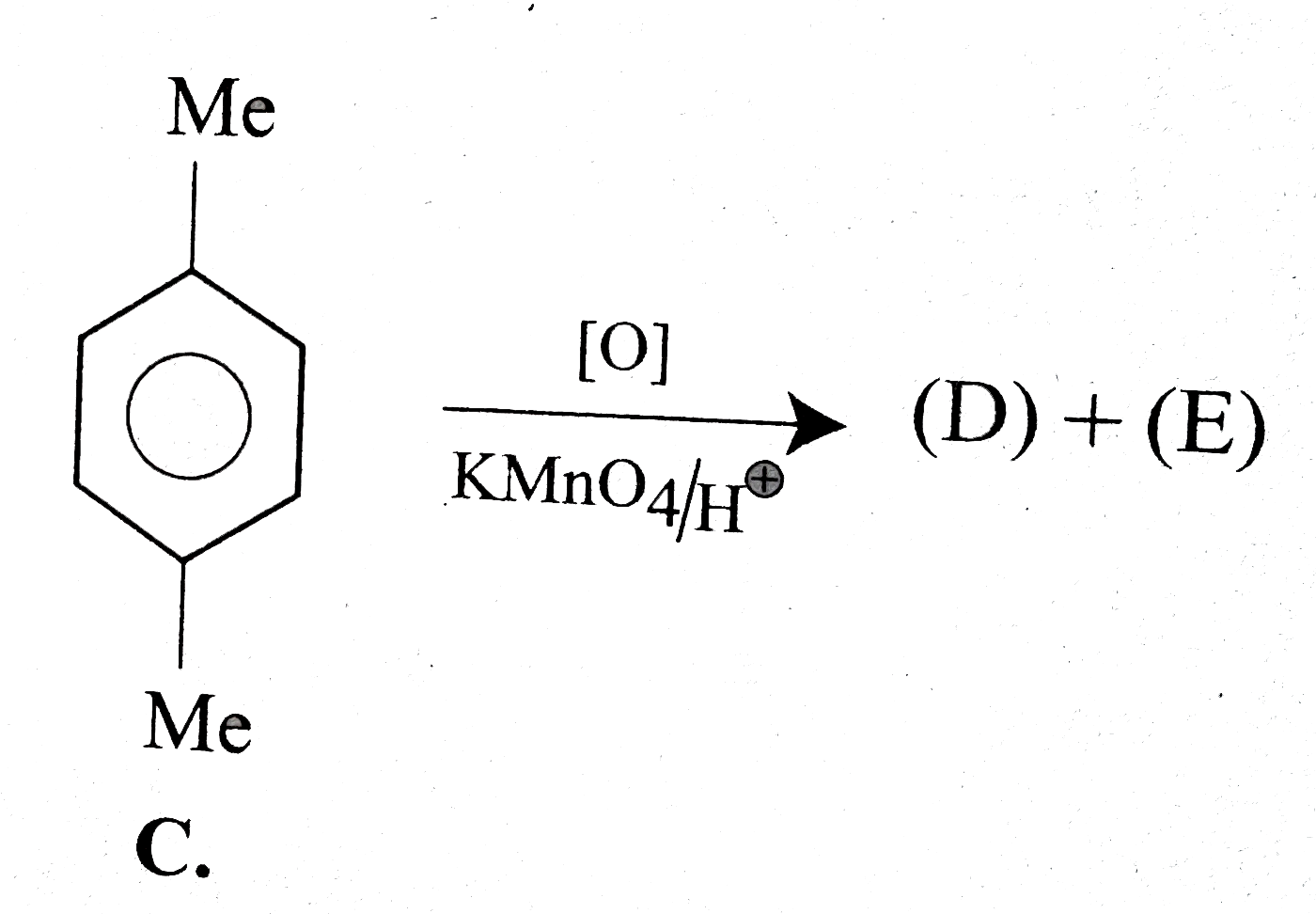 .
. 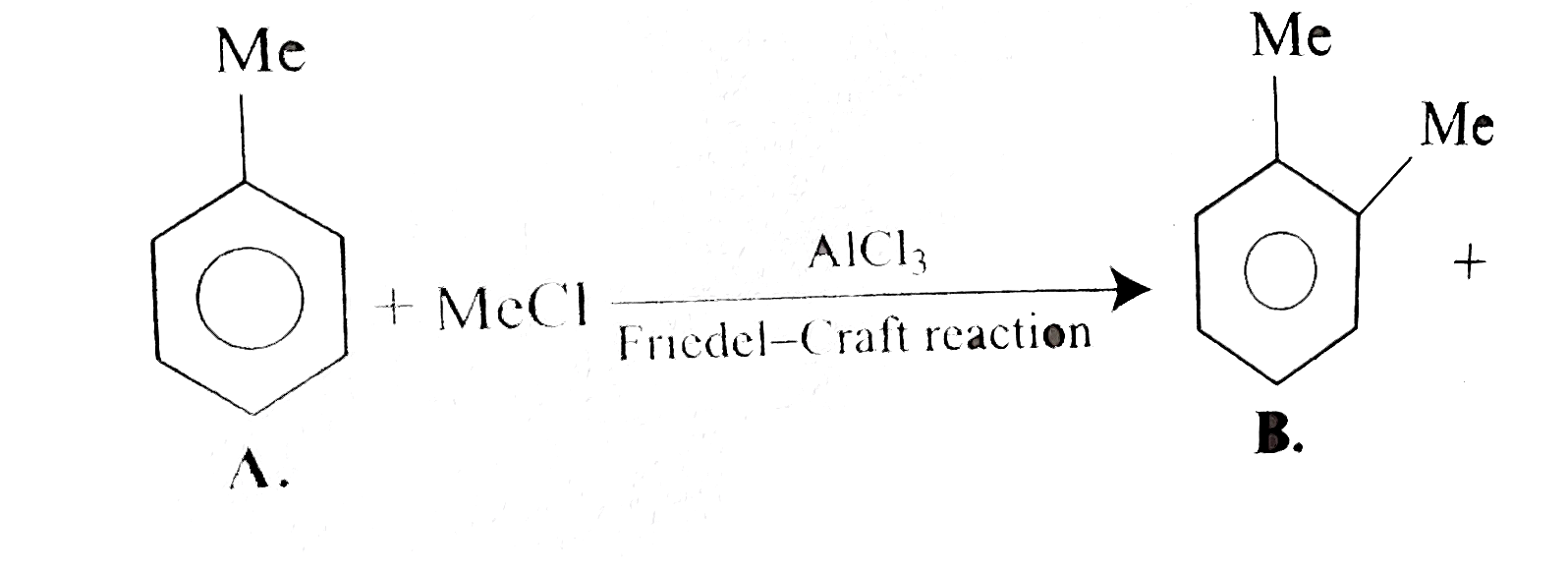 ,
, 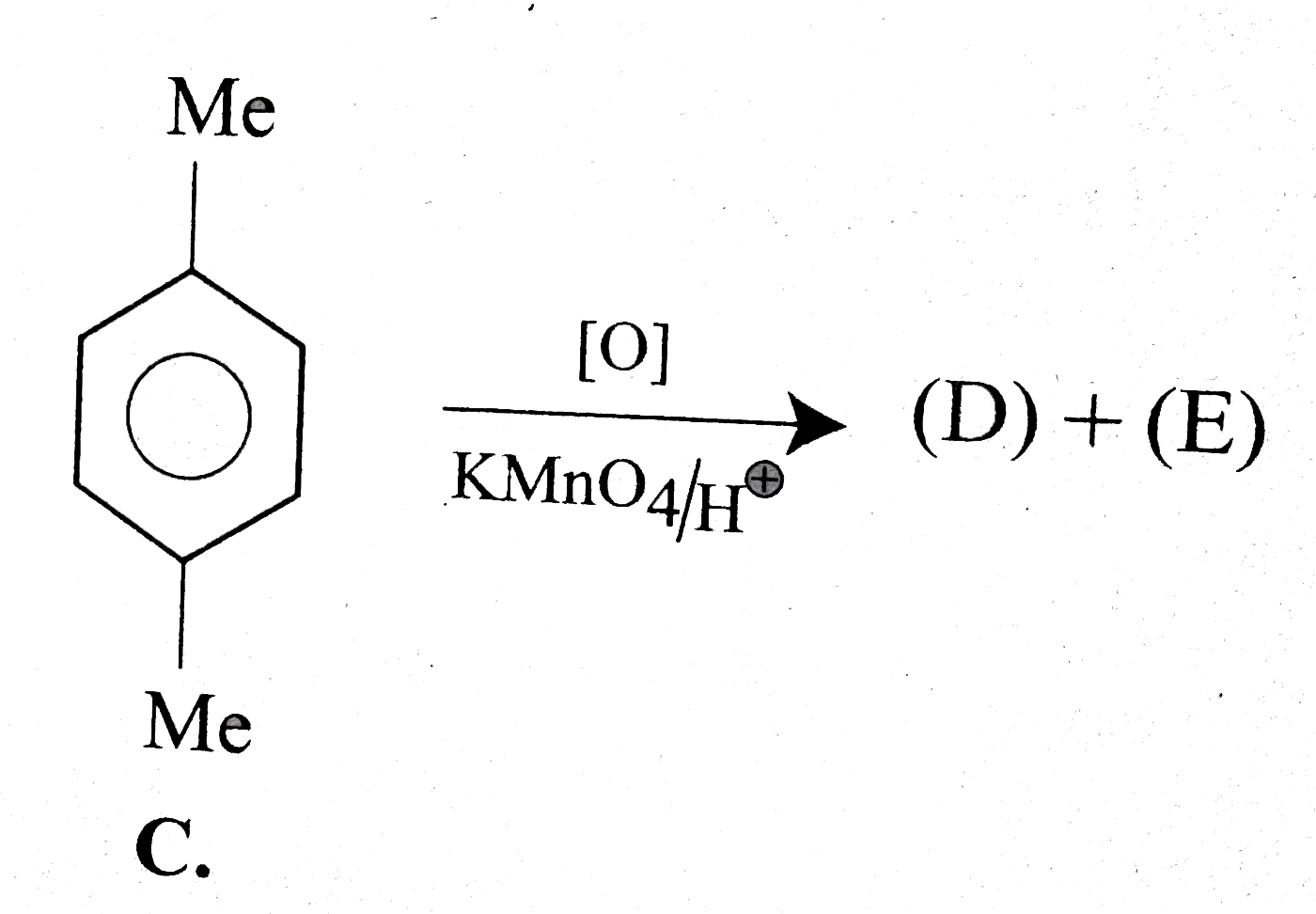 .
. 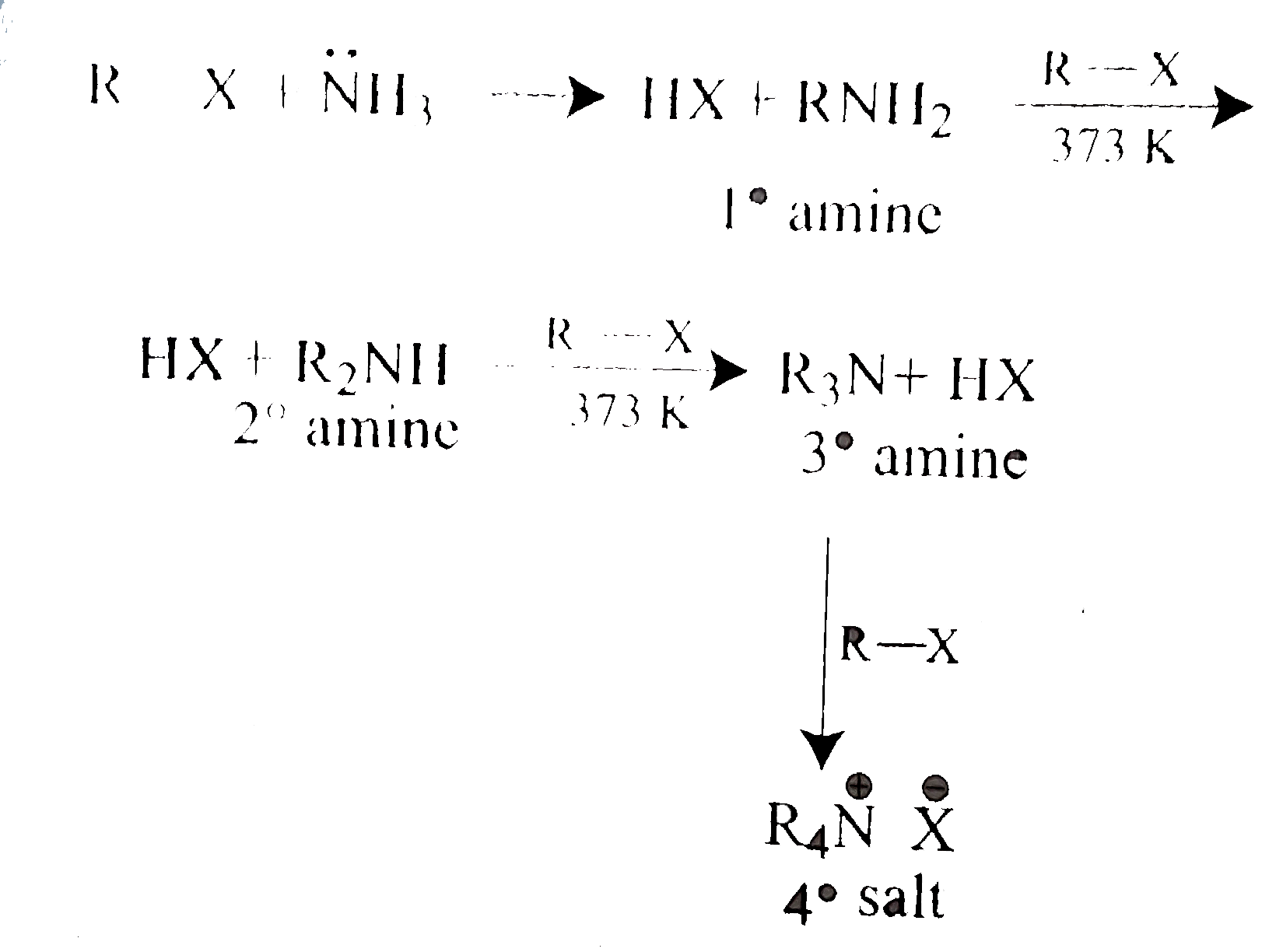
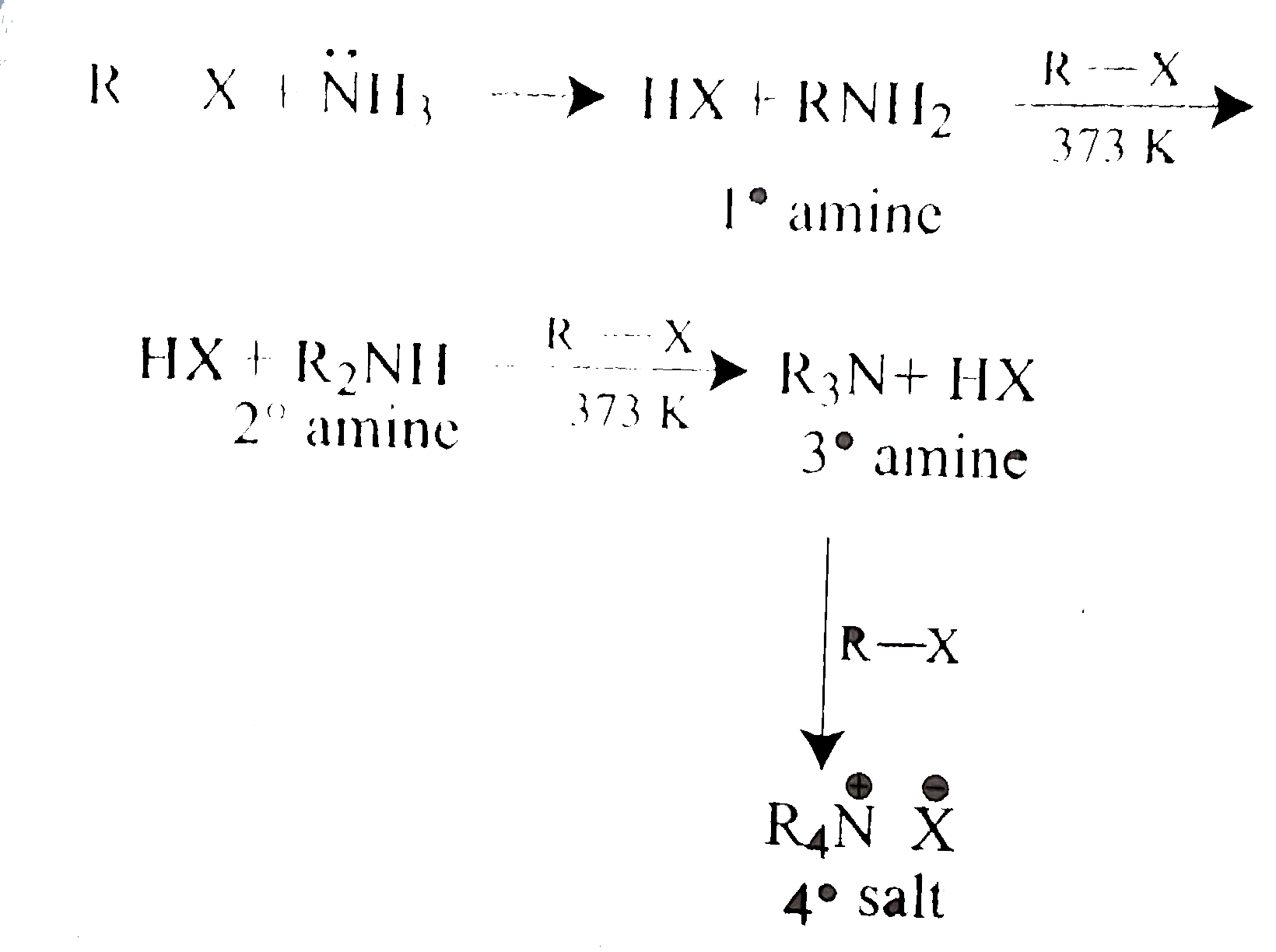

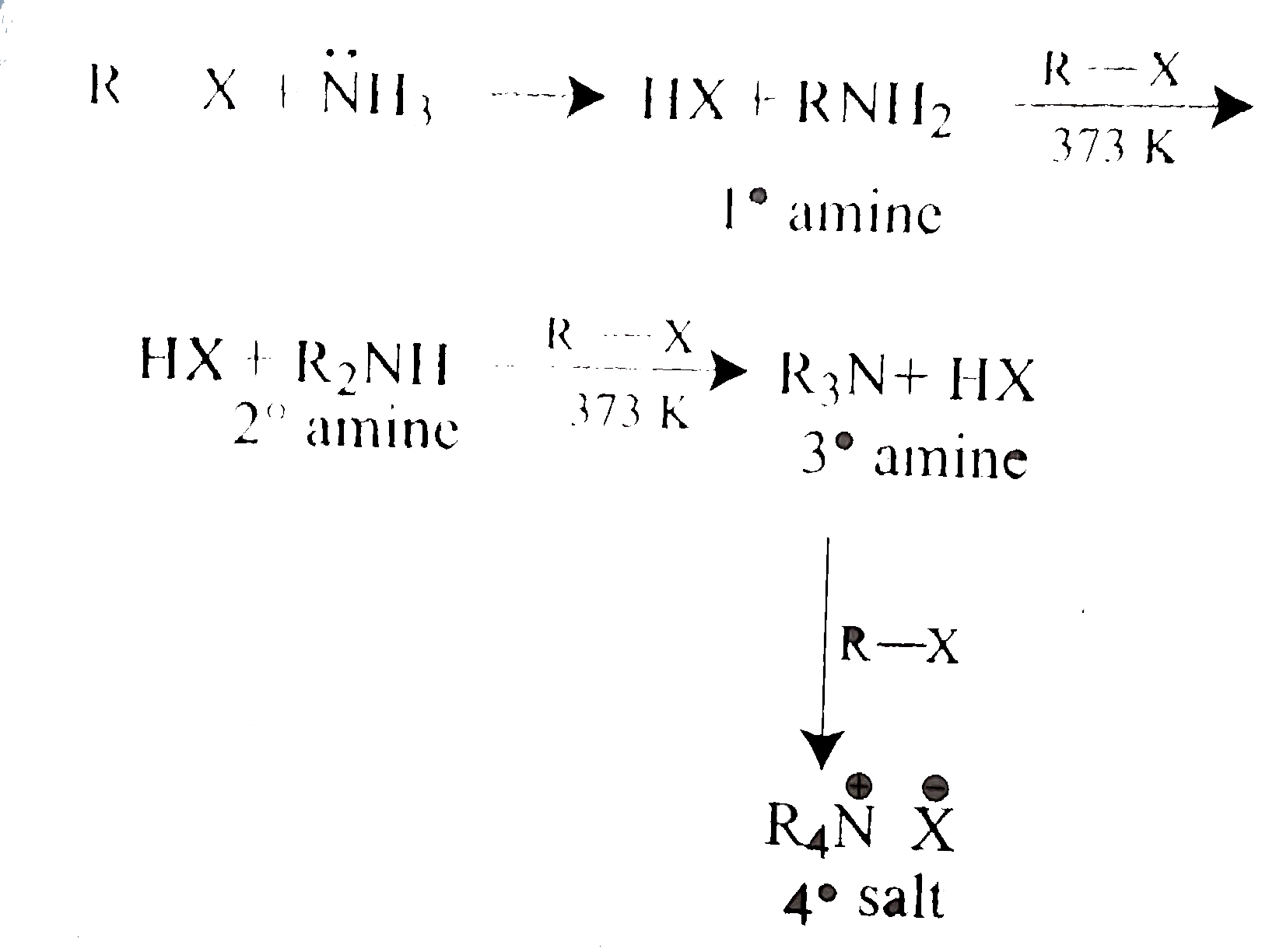
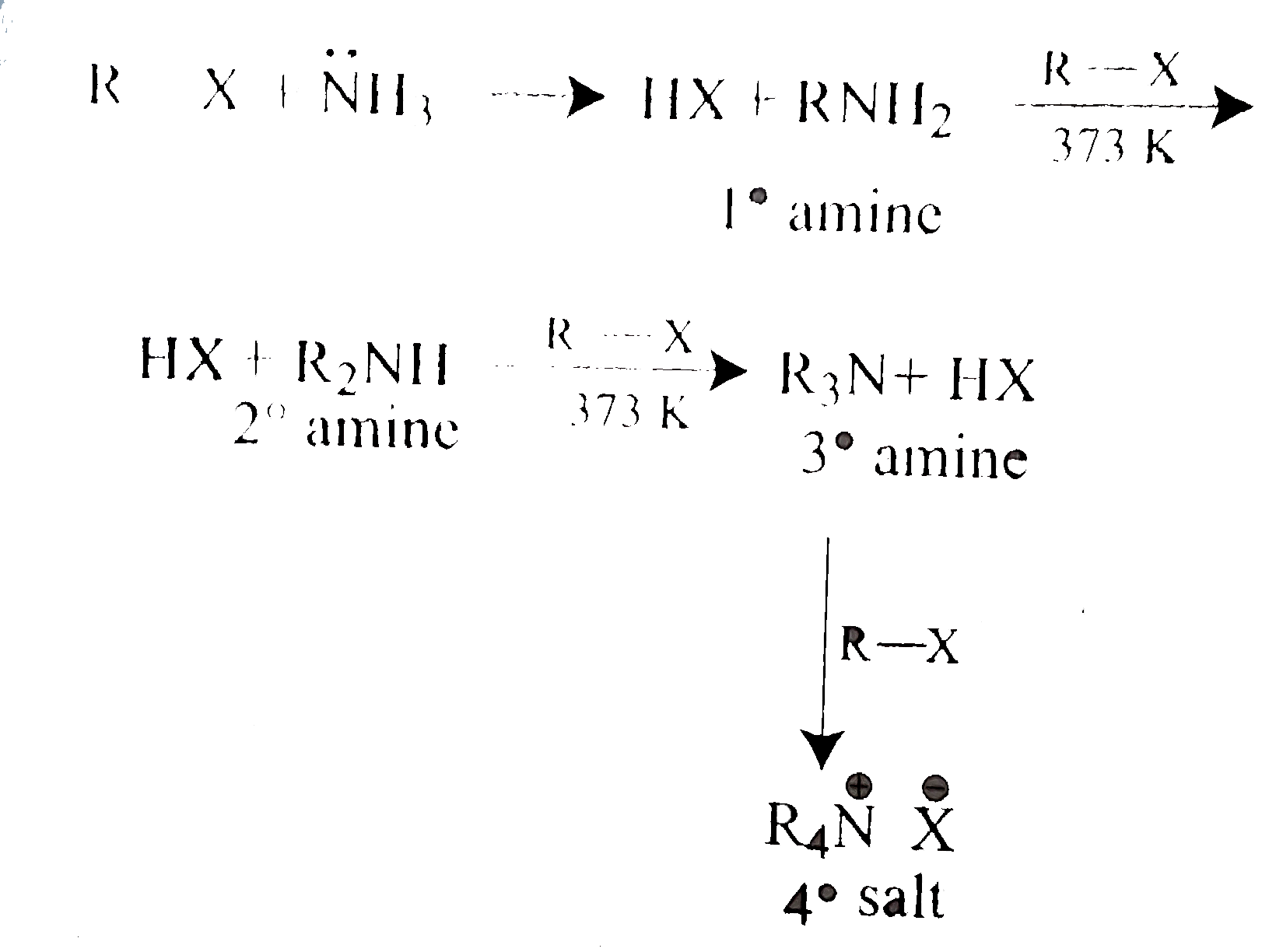

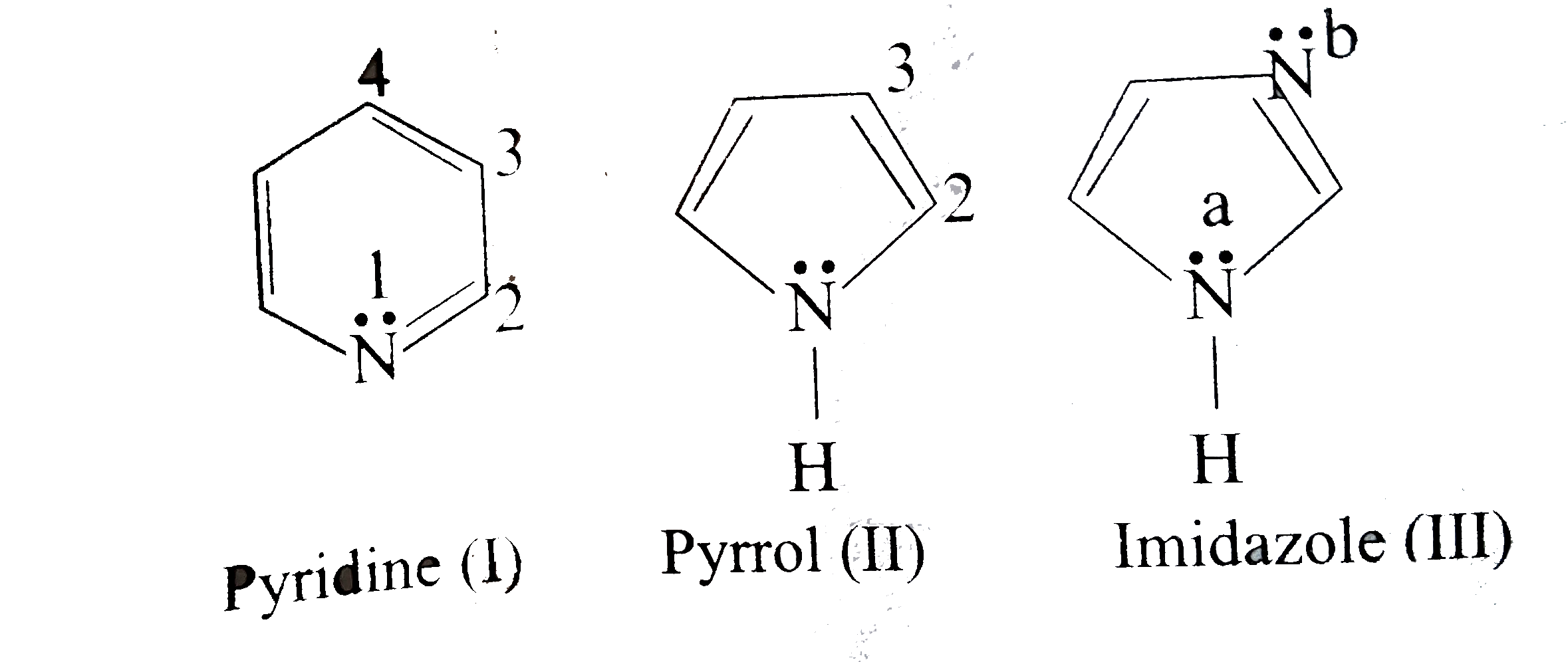
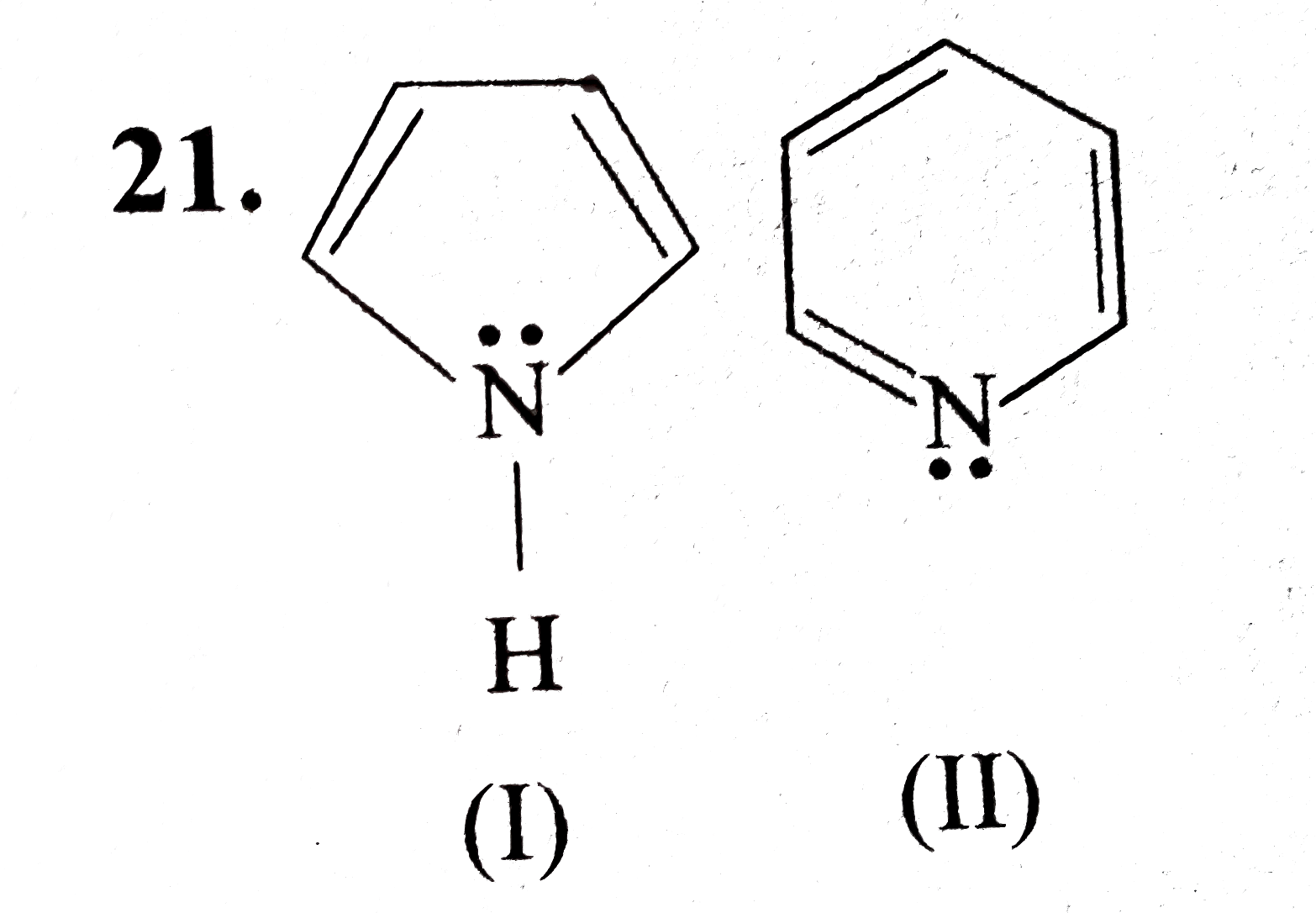
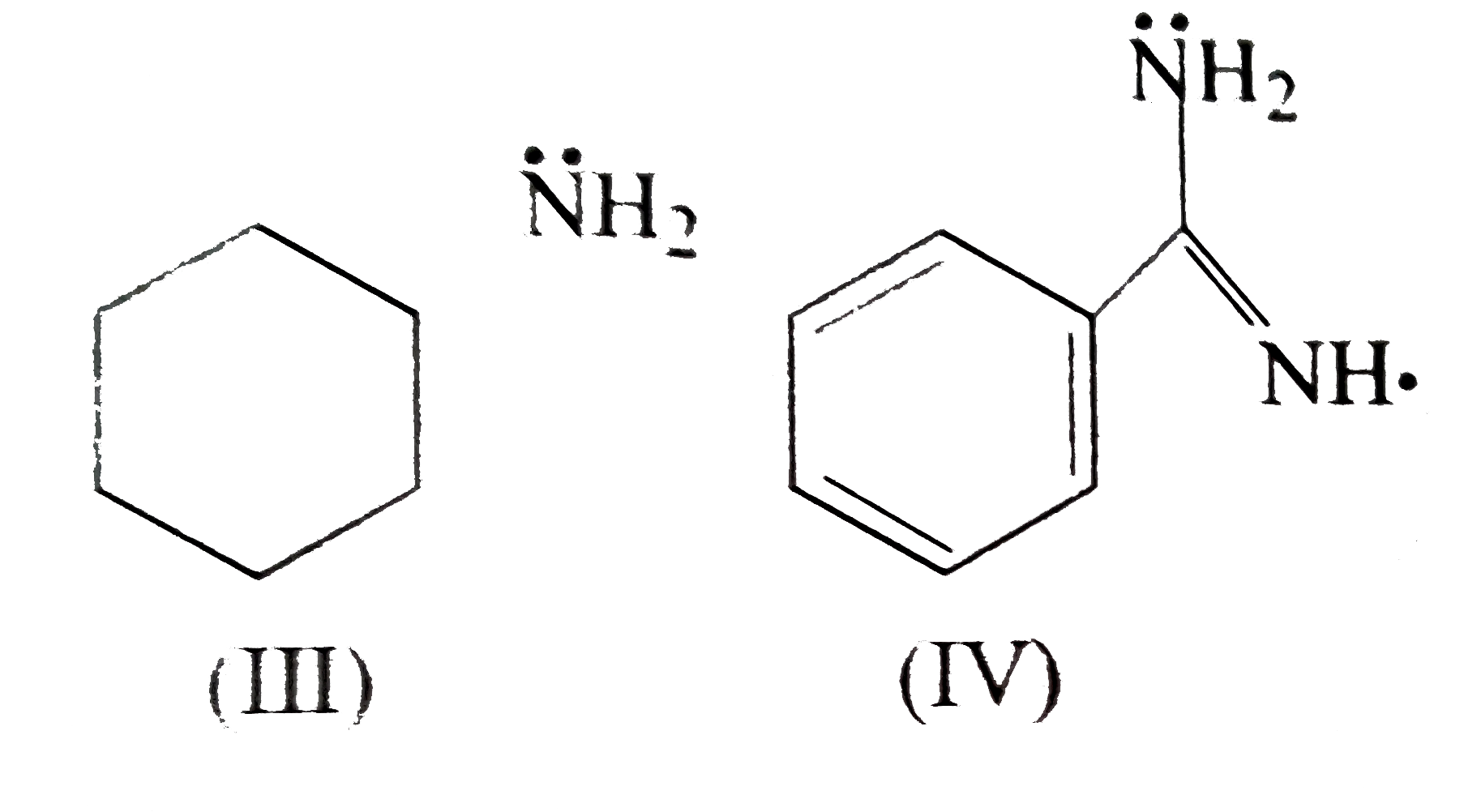

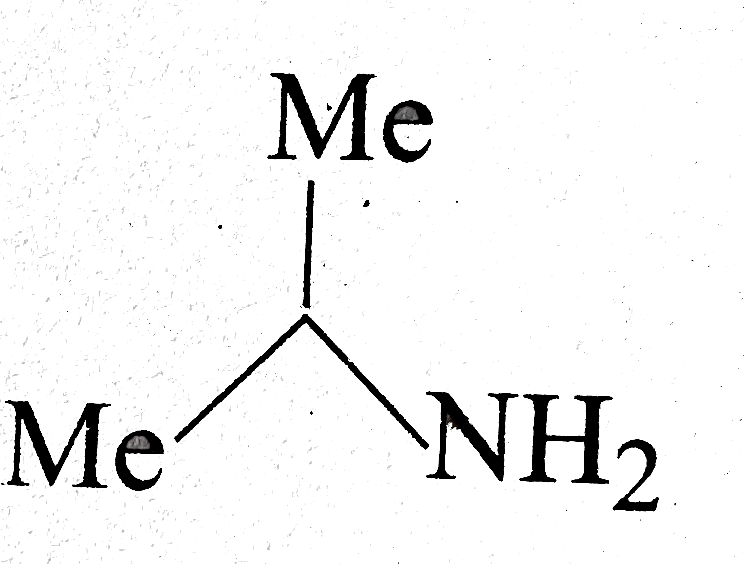
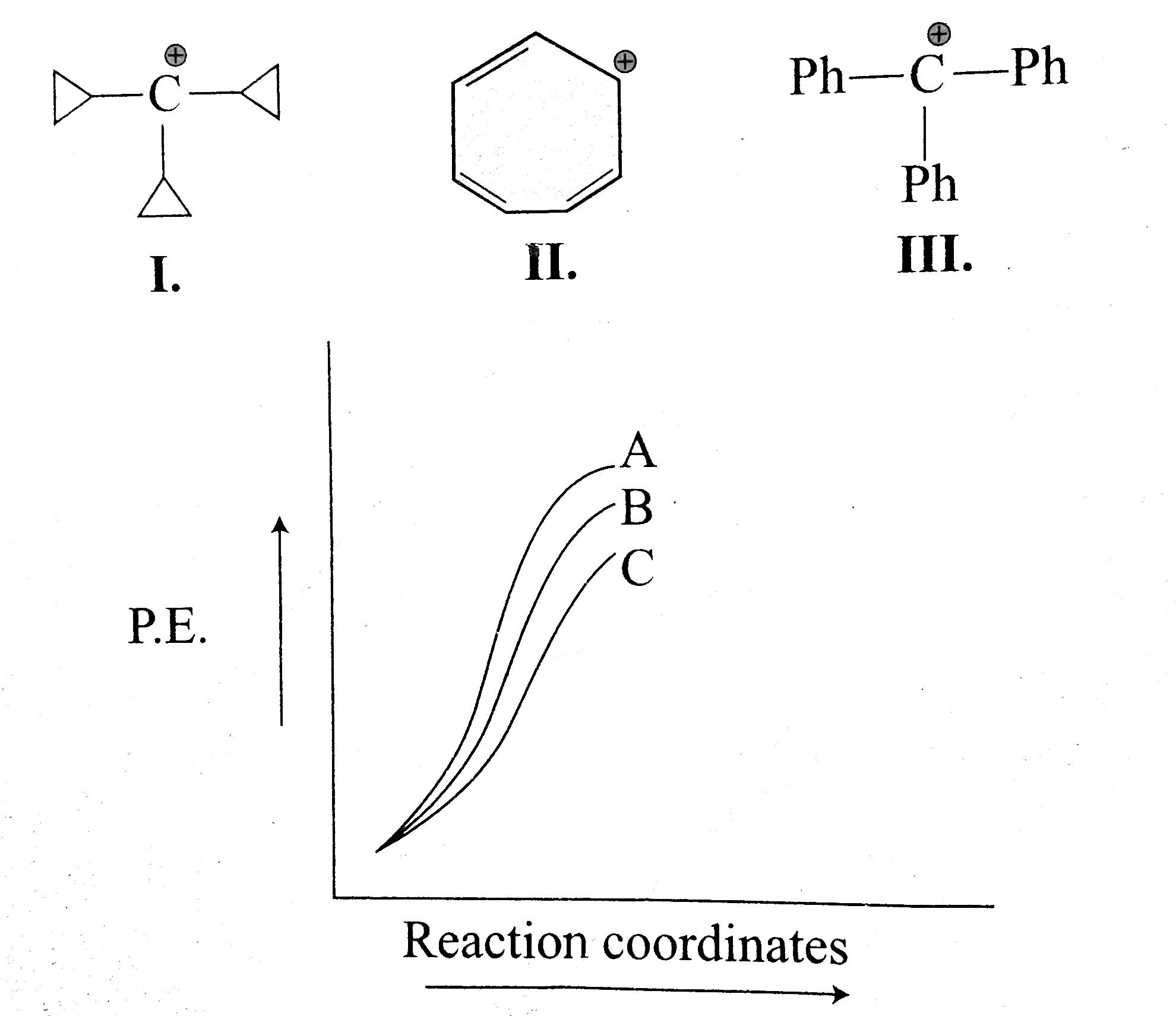
 .
.
 .
.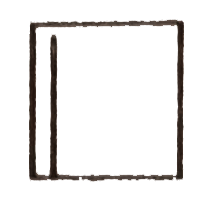 (I) is less than the
(I) is less than the 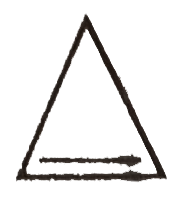 (II).
(II). 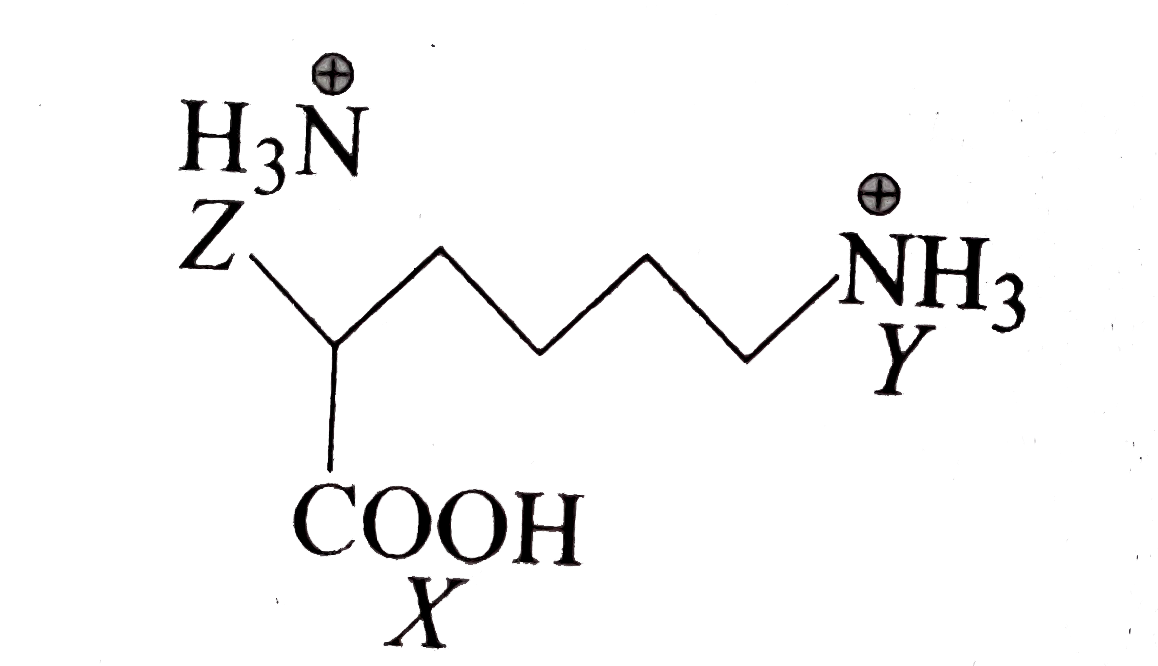

 .
.
